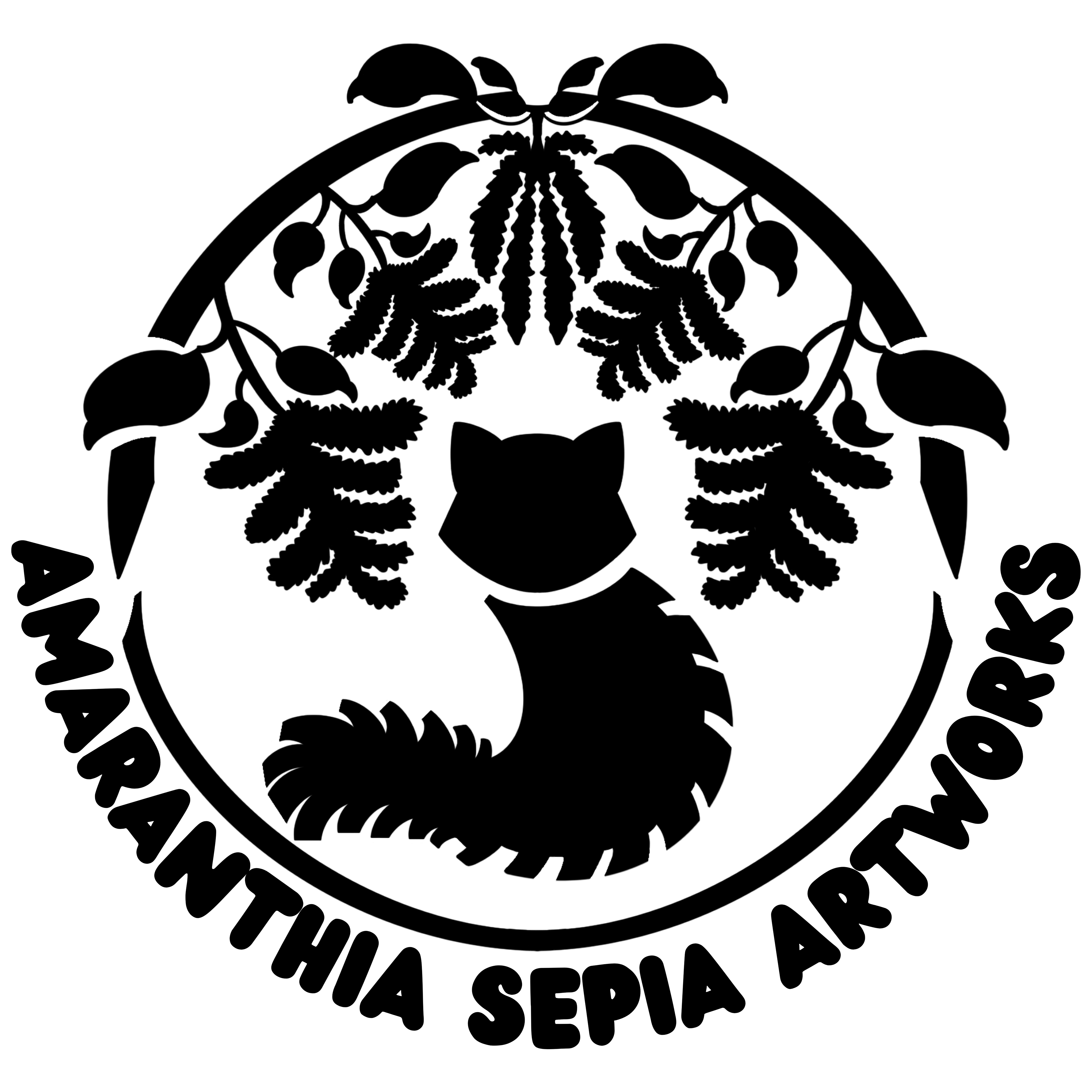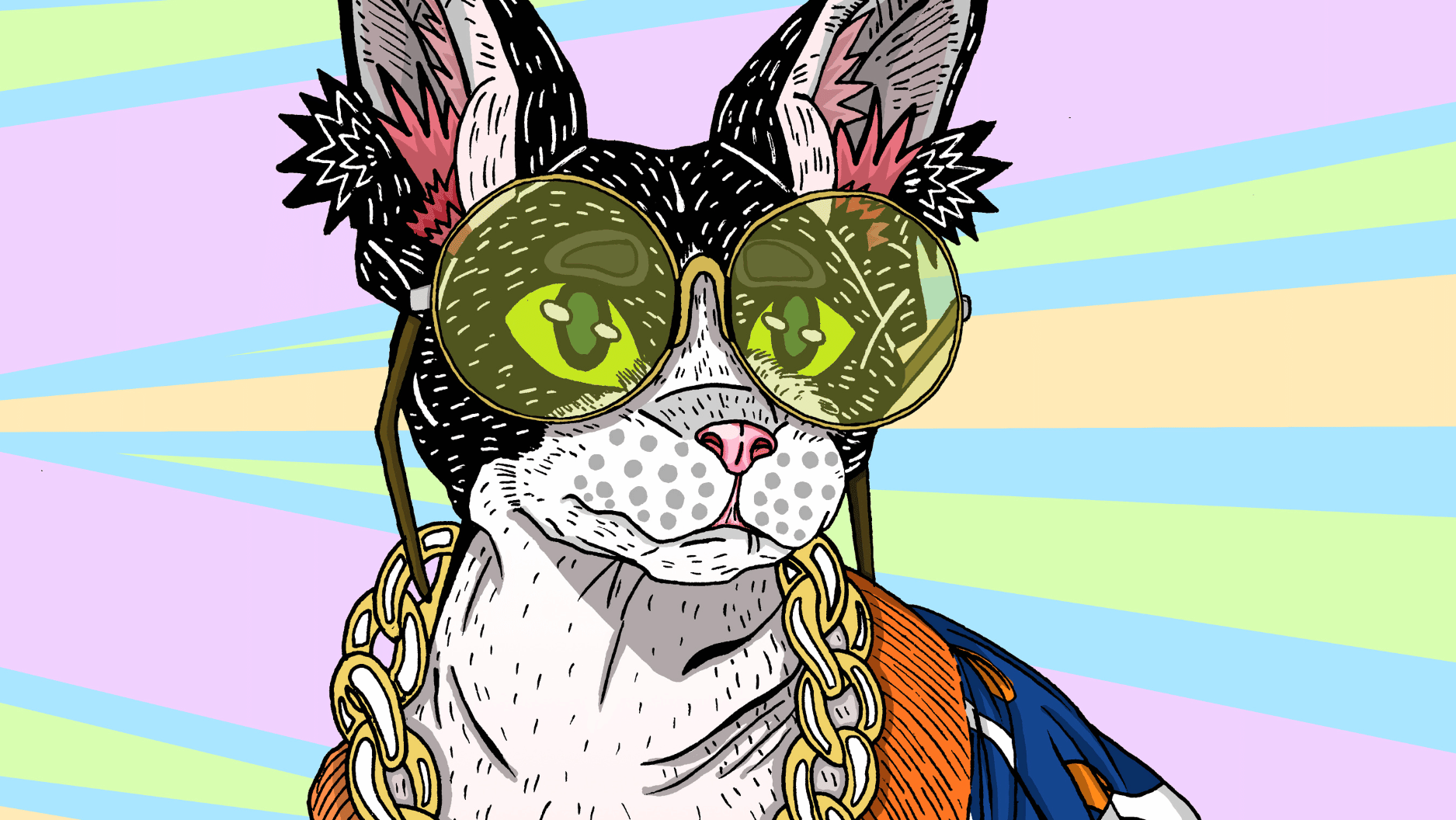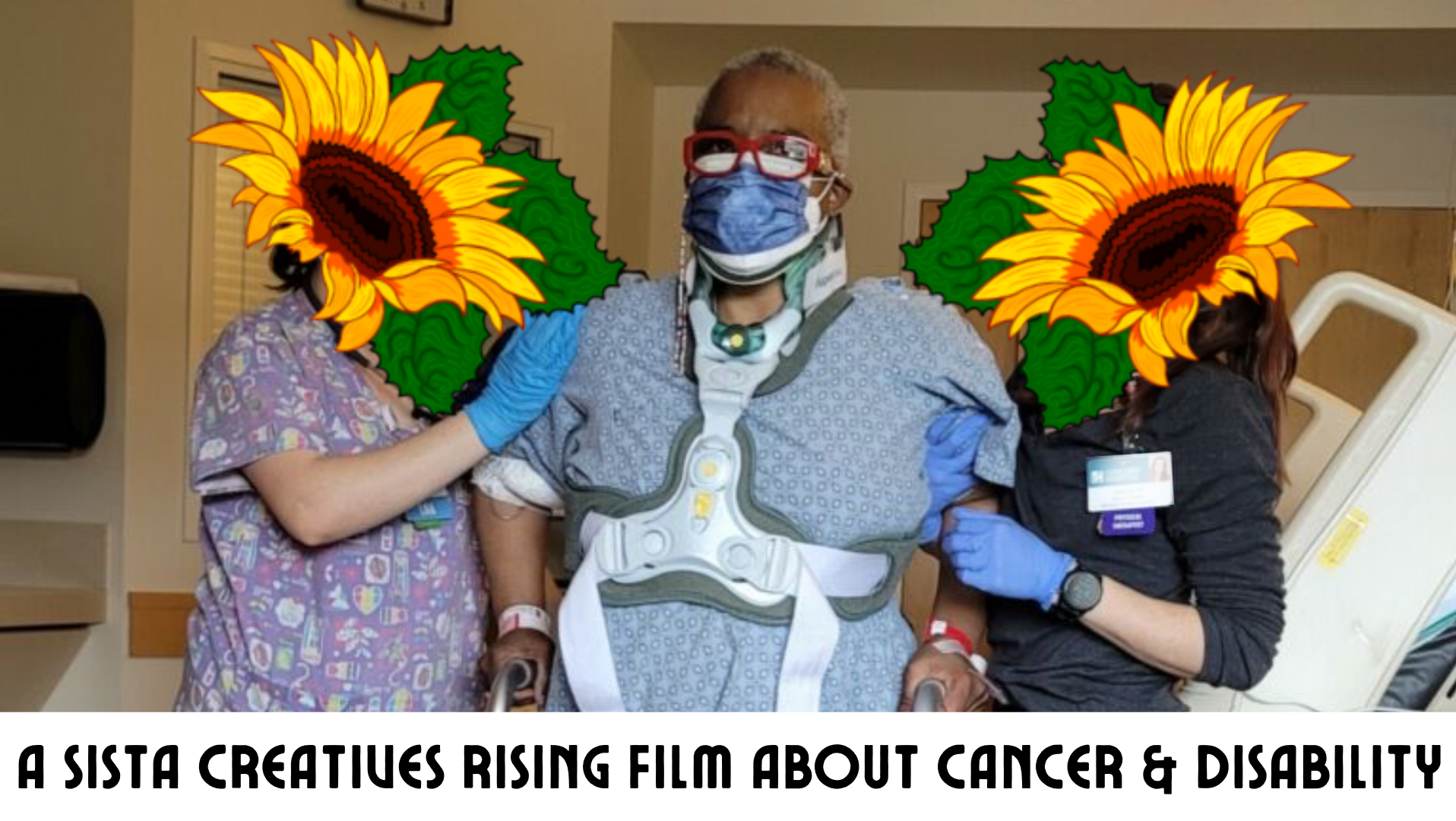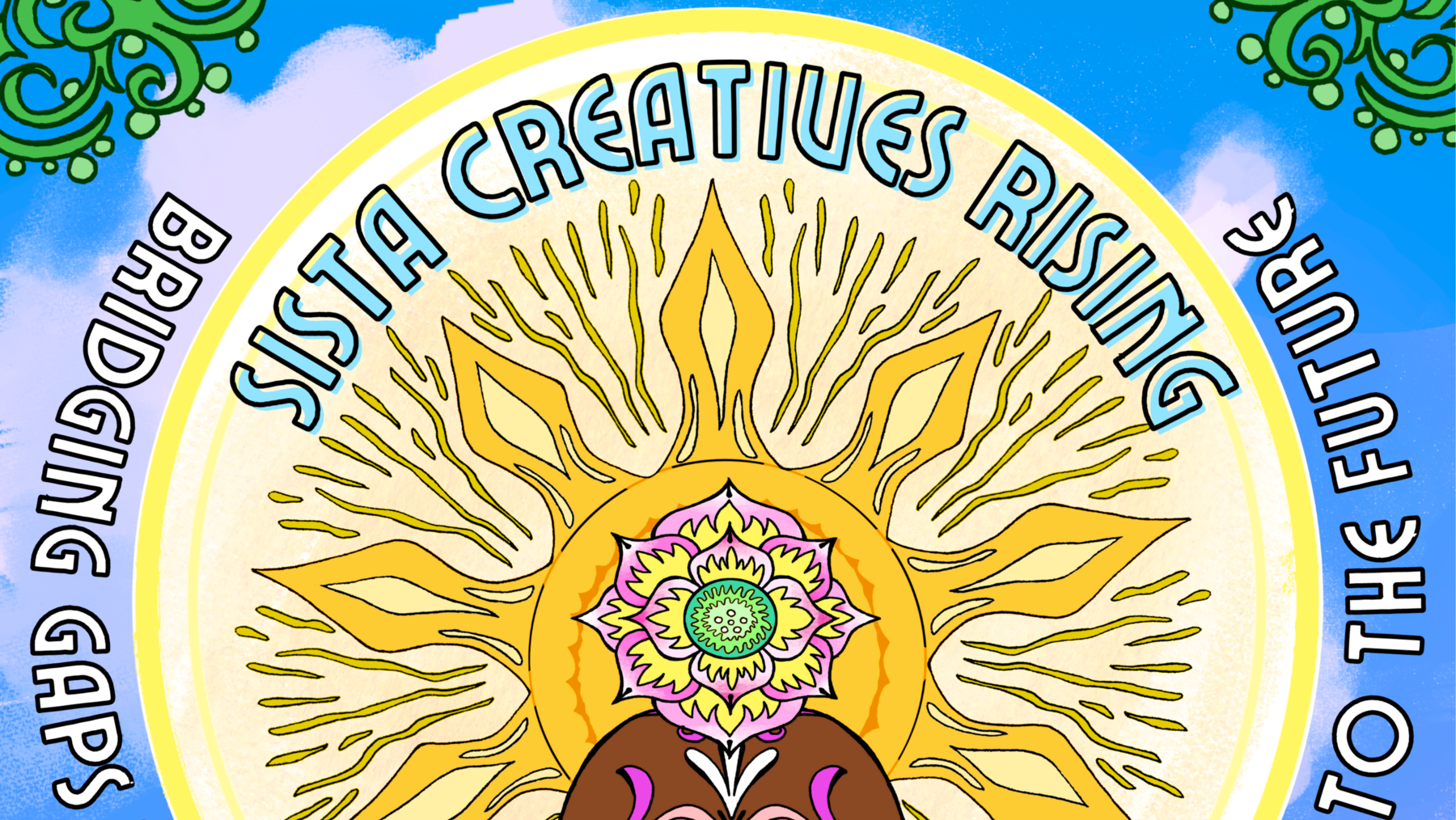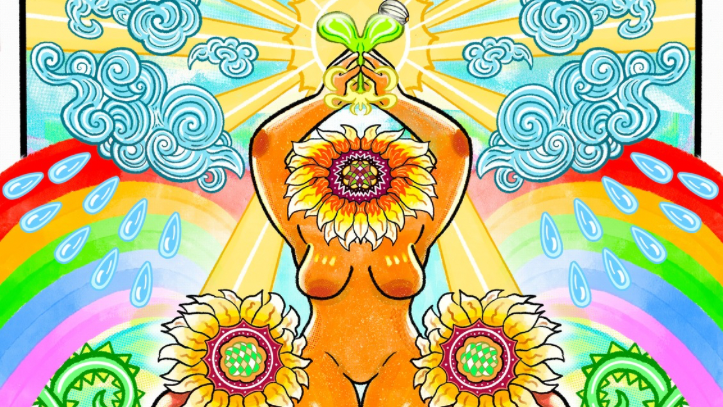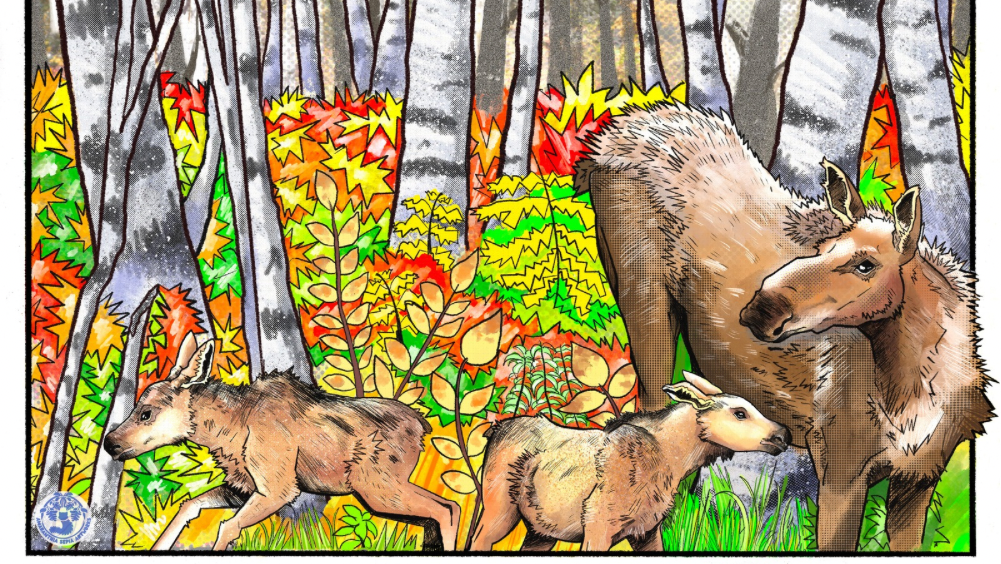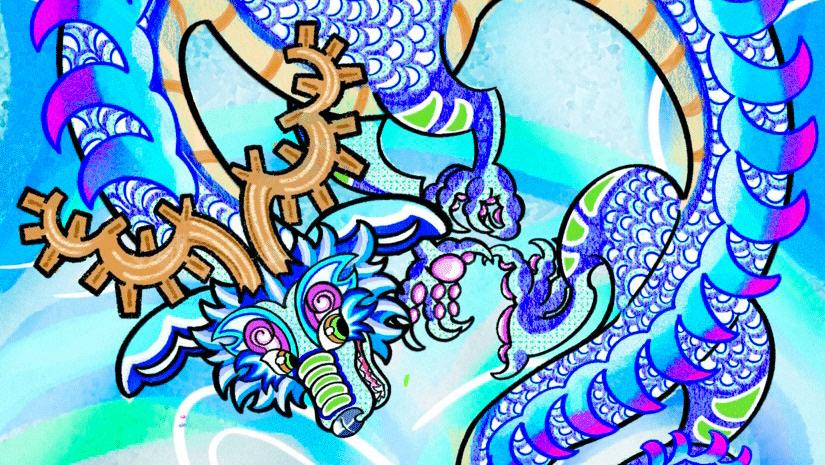Mask 1 Dissociation
“Dissociation” is an expression of how anxiety can make you feel like you’re having an out of body experience. It causes you to feel disconnected from yourself, like you’re losing a sense of your own reality.
Mask 2 Distraught
“Distraught” represents how the mask is limiting the person from being their true selves. It causes them to feel “distraught” and frustrated, so they’re struggling to remove the mask, so they can finally be free from its confinement.
Mask 3 Memories of Trauma
“Memories of Trauma” is a depiction of how it feels to be triggered by an event, experience or word, and having a rush of traumatic memories come back to haunt you. When these memories come back and cause a rush of anxiety or a panic attack, it feels like your mind is being torn apart by a negative force, which is represented by the devilish blue mask.
Mask 4 Falling Prey
“Falling Prey” represents how anxiety can make you feel confined and limited. The monster is a portrayal of a panic attack overtaking the person suffering with anxiety, while the monster’s tendrils are tightening its grip on the person, forcing them to be restricted by their mental illness.
Mask 5 Withering
“Withering” depicts a person feeling weak and drained from their anxiety. The mask is taking over the person with ominous energy, representing how their anxiety is haunting them and making them feel frail.
Mask 6 Crisis (Anguish)
“Crisis (Anguish)” is an illustration of a severe panic attack I had. The panic attack caused so much stress that it caused me to experience something called a psychosomatic fever, which is directly caused by stressful events. I was sick for days and suffering from a fever of 104. Most of the time I was curled up or in a fetal position shivering intensely. I felt vulnerable, scared, confused, and very weak.
Hidden Demons of Anxiety Mask 7 Imprisoned
“Imprisoned” shows a person who feels chained down by their anxiety. The tiny, floating island they’re stuck to represents the repression and isolation they feel from society, and the lack of spaces for people with mental illness to be cared for and understood.
Mask 8 Nausea
“Nausea” depicts how anxiety makes you feel dizzy, faint, and sick to your stomach. The eyes represent how anxiety convinces you to feel like everyone is watching you and making fun of your every move, which increases the feeling of nausea.
Mask 9 Scream for Help
“Scream for Help” reflects the experience of having a panic attack and attempting to ask for help. It represents a mental breaking point where you just want to scream and yell to release your emotions.
